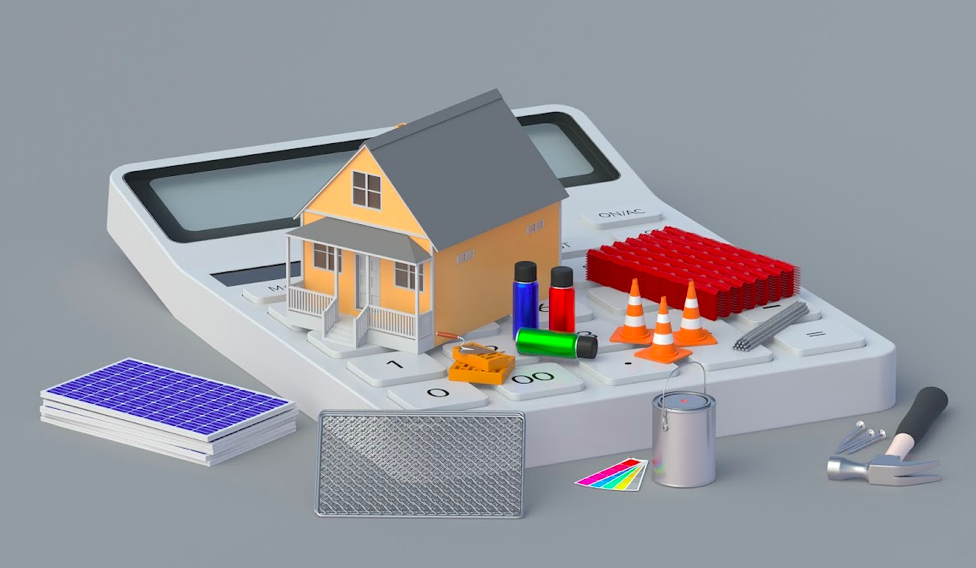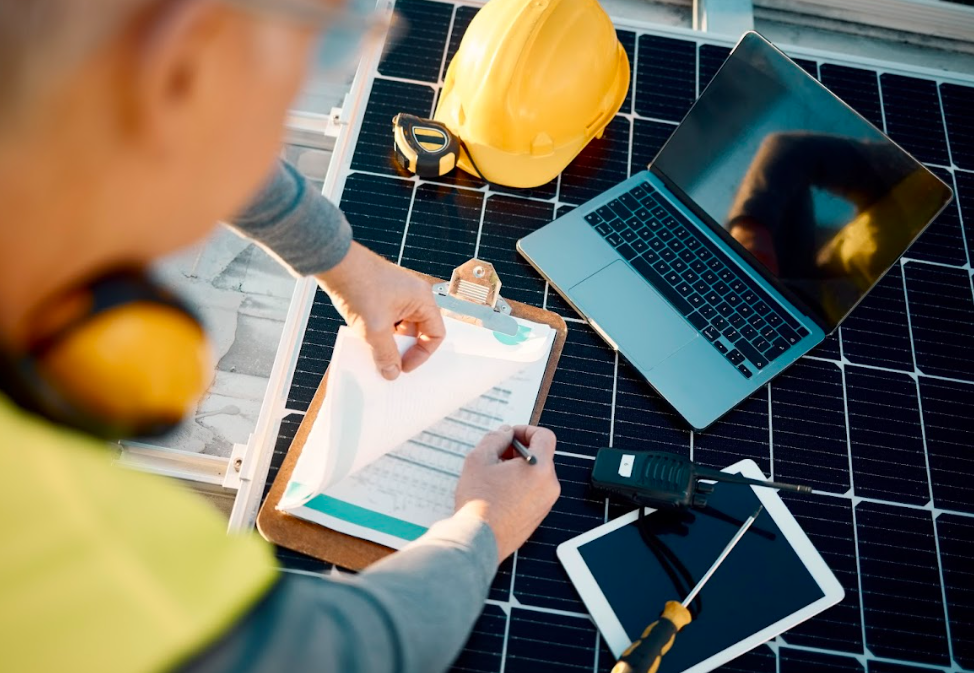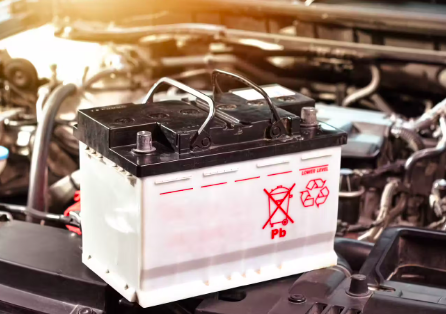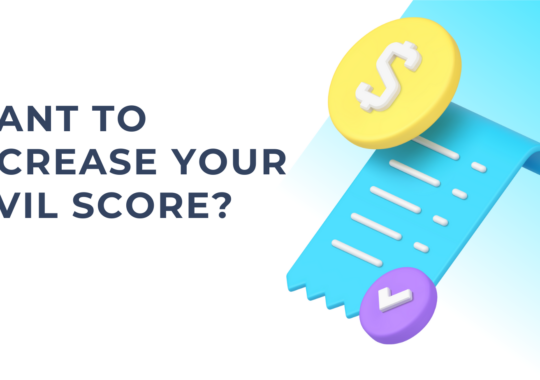Planning your solar budget might seem daunting, particularly if you’re venturing into renewable energy for the first time. The process can be overwhelming, with factors such as costs, energy needs, and potential savings to consider.
However, once you understand the basics and establish a solid strategy, planning your solar budget becomes not only achievable but also a path to significant financial savings and environmental benefits.
This guide provides key insights and practical tips to make this journey smoother. Each step is critical, so make sure none are overlooked. The goal is to empower you with the knowledge necessary to make informed decisions and choose the best path toward fulfilling your green energy ambitions.
Understand Your Energy Needs
Start by analyzing your energy consumption. Look at your utility bills from the past year to understand your average monthly usage. This information is crucial in determining the capacity of the photovoltaic system you’ll need.
A clear understanding of your energy needs is essential when considering different options for financing for solar panels. It helps in projecting potential savings. For instance, a household that consumes 1000 kWh per month might require a larger, and thus more costly, system than one that uses 500 kWh per month. This difference in energy use can directly affect the financial aspects of your solar installation.
Keep in mind that energy needs are not static. Changes such as family expansion, the addition of new appliances, or alterations in lifestyle can increase consumption. Regularly review your energy needs to ensure your photovoltaic system remains efficient and cost-effective.
Assess Your Property
Next in your planning process, conduct a thorough assessment of your property. The amount of sunlight your property receives, the condition of your roof, and local regulations significantly influence your solar plans.
For instance, a south-facing roof in a sunny state will likely receive more sunlight than a similar property in a cloudier state, affecting the size of the photovoltaic system required. Include any roof repair or replacement costs in your budget. It’s wise to address these issues before installing panels.
For example, if your roof has an estimated lifespan of 5 years, but the panels are expected to last for 20, you should address this disparity early on. Stay updated on local regulations and homeowners’ association rules. Some locations may limit the size and style of photovoltaic installations.
Explore Available Financing Options
Various financing options are available for photovoltaic panels, including loans, leases, and power purchase agreements (PPAs). Understanding which option aligns best with your financial situation is crucial. Loans might be suitable if you aim to own the system and enjoy the long-term benefits of renewable power.
Conversely, leases and PPAs could be more beneficial if you seek immediate savings and wish to avoid maintenance costs. Under a lease agreement, you pay a fixed monthly rate for the panels, while with a PPA, you pay for the energy they generate.
Consulting a financial advisor or a renewable energy consultant can help guide your financial decisions regarding solar power installation. They can provide a comprehensive understanding of the long-term economic impacts of each financing option, ensuring you make a well-informed choice.
Estimate Your Savings
Installing photovoltaic panels can lead to significant savings on your energy bills. These savings depend on the capacity of your system, your property’s sunlight exposure, and your current energy rates. A more extensive system in a well-lit location generally leads to higher savings.
Net metering programs, offered by some utility companies, can further boost your savings. These programs allow you to sell your panels’ excess energy back to the grid.
If your system generates more energy during the day than you use, the excess can be sold back, reducing your overall energy expenses. Keep in mind that the terms of net metering programs are not uniform.
Claim Available Incentives
Several government initiatives incentivize the use of renewable energy, which can significantly reduce the cost of your solar panel installation. Federal initiatives, state incentives, and utility company rebates can all contribute to cost reduction.
For example, the Federal Investment Tax Credit (ITC) for solar energy allows you to deduct a portion of your installation costs from your federal taxes. However, this incentive is progressively decreasing and will end in a few years.
Plan For Maintenance And Repairs
Despite the durability and longevity of photovoltaic panels, they may occasionally need maintenance and repair. Regular upkeep ensures your system operates at peak efficiency, extending its lifespan.
Allocate part of your budget for potential maintenance needs. An annual check-up by a professional can identify and fix minor issues before they become significant problems.
Understanding the warranty details of your photovoltaic installation can protect you from unexpected costs. Some warranties may cover certain repair costs or offer a performance guarantee, providing peace of mind.
Wrapping Up
Armed with these tips, planning your solar budget should now be less intimidating and more like a structured process. Whether buying a new home or simply reconsidering your sustainable options, tapping into solar energy as a renewable power source is achievable with the right budgeting decisions and preparation.
By considering all aspects of renewable energy, you’re not just saving money on your energy bills but also contributing to a sustainable and environmentally-friendly future. Harness the sun’s power and transform your home into a beacon of renewable energy.

Krishna Murthy is the senior publisher at Trickyfinance. Krishna Murthy was one of the brilliant students during his college days. He completed his education in MBA (Master of Business Administration), and he is currently managing the all workload for sharing the best banking information over the internet. The main purpose of starting Tricky Finance is to provide all the precious information related to businesses and the banks to his readers.





